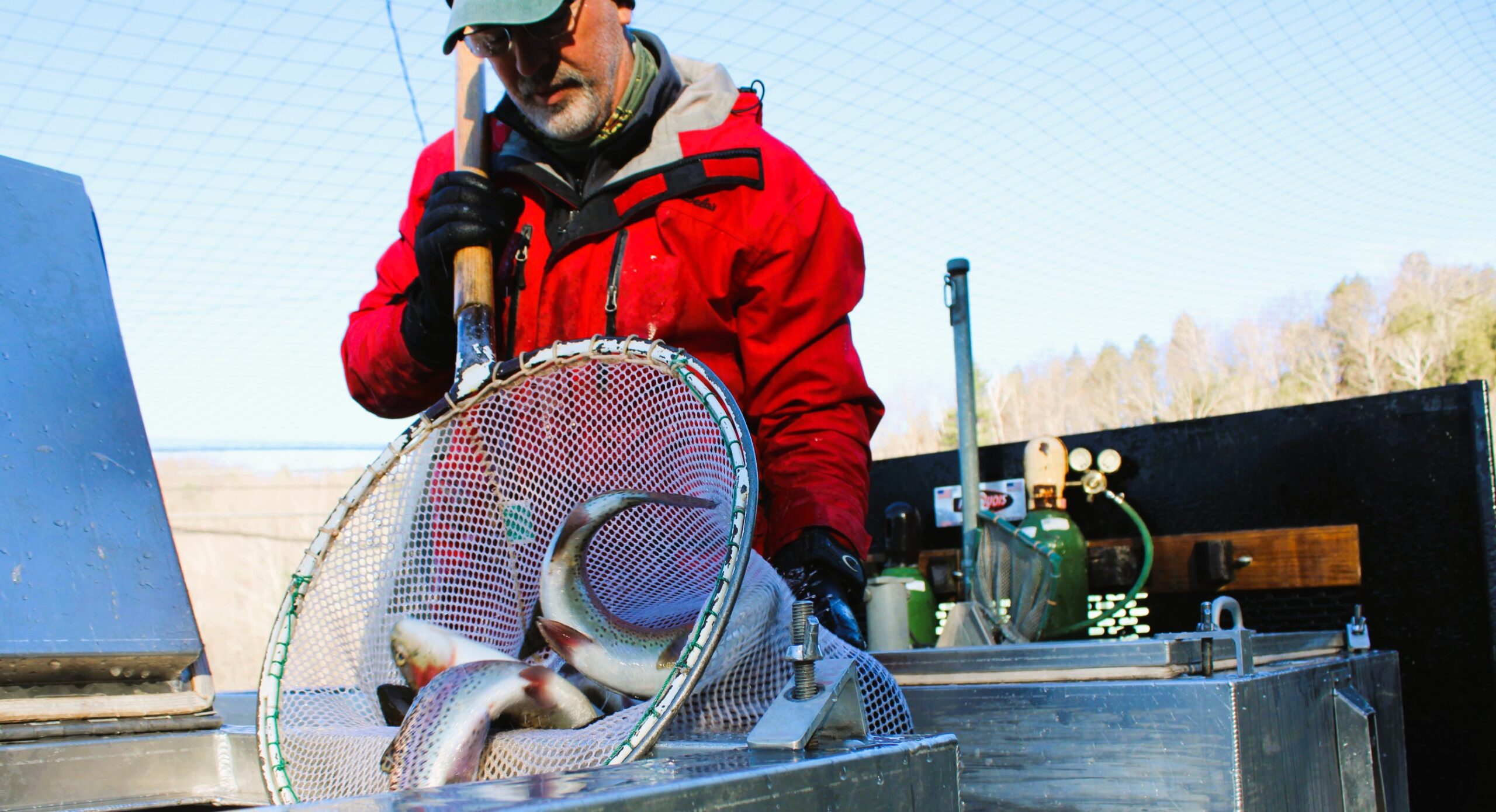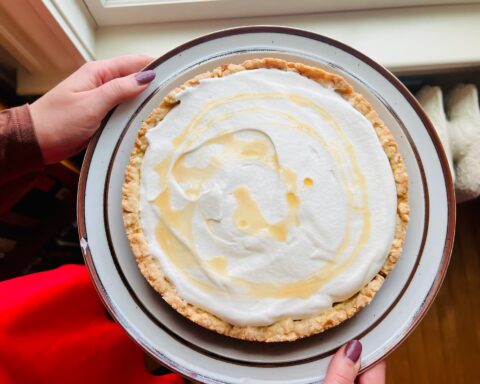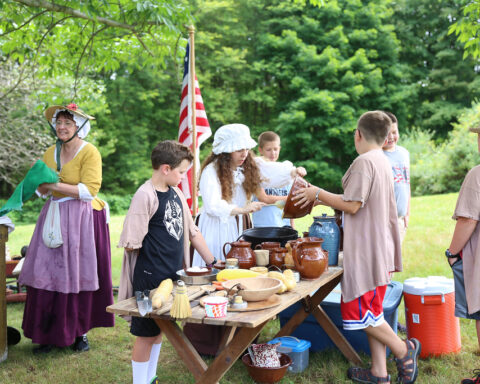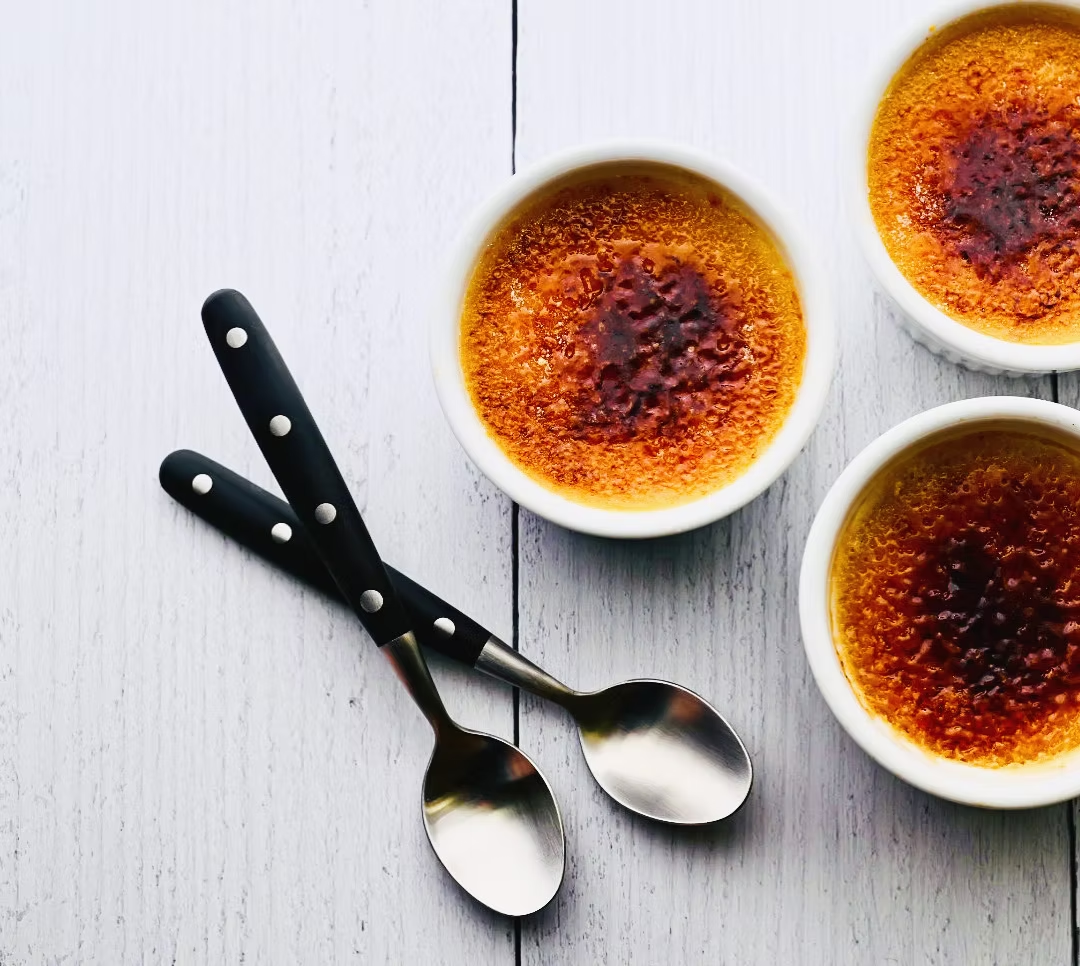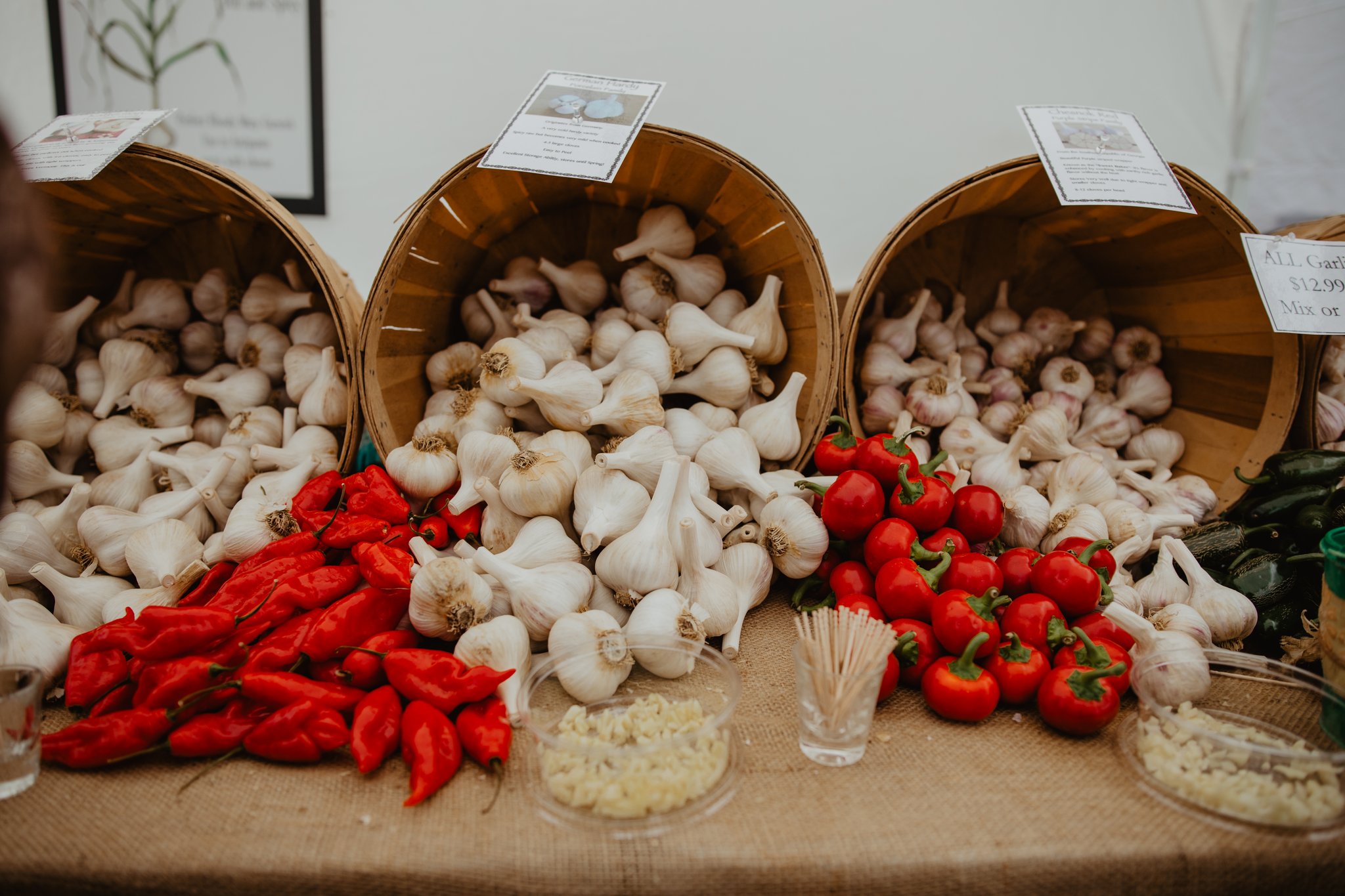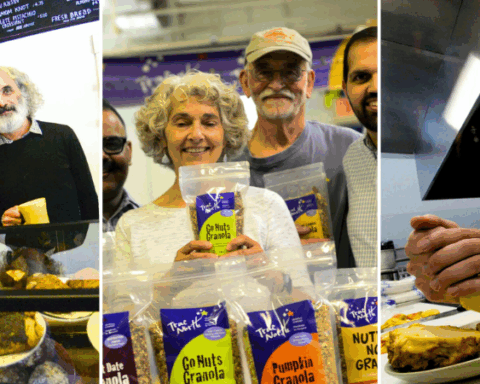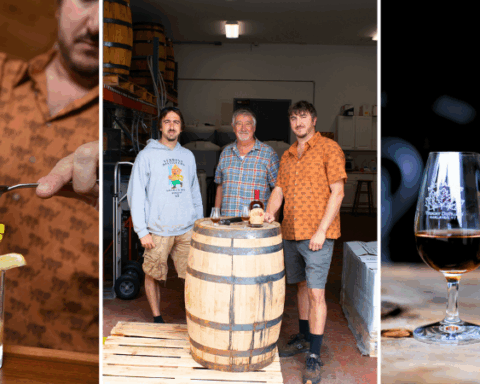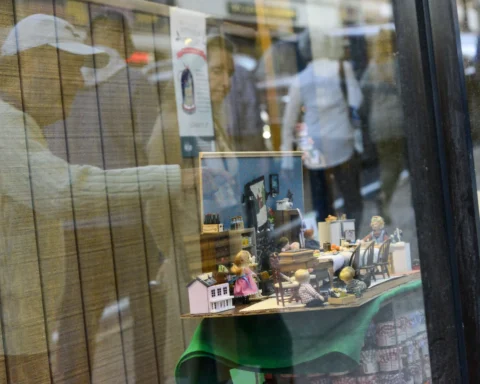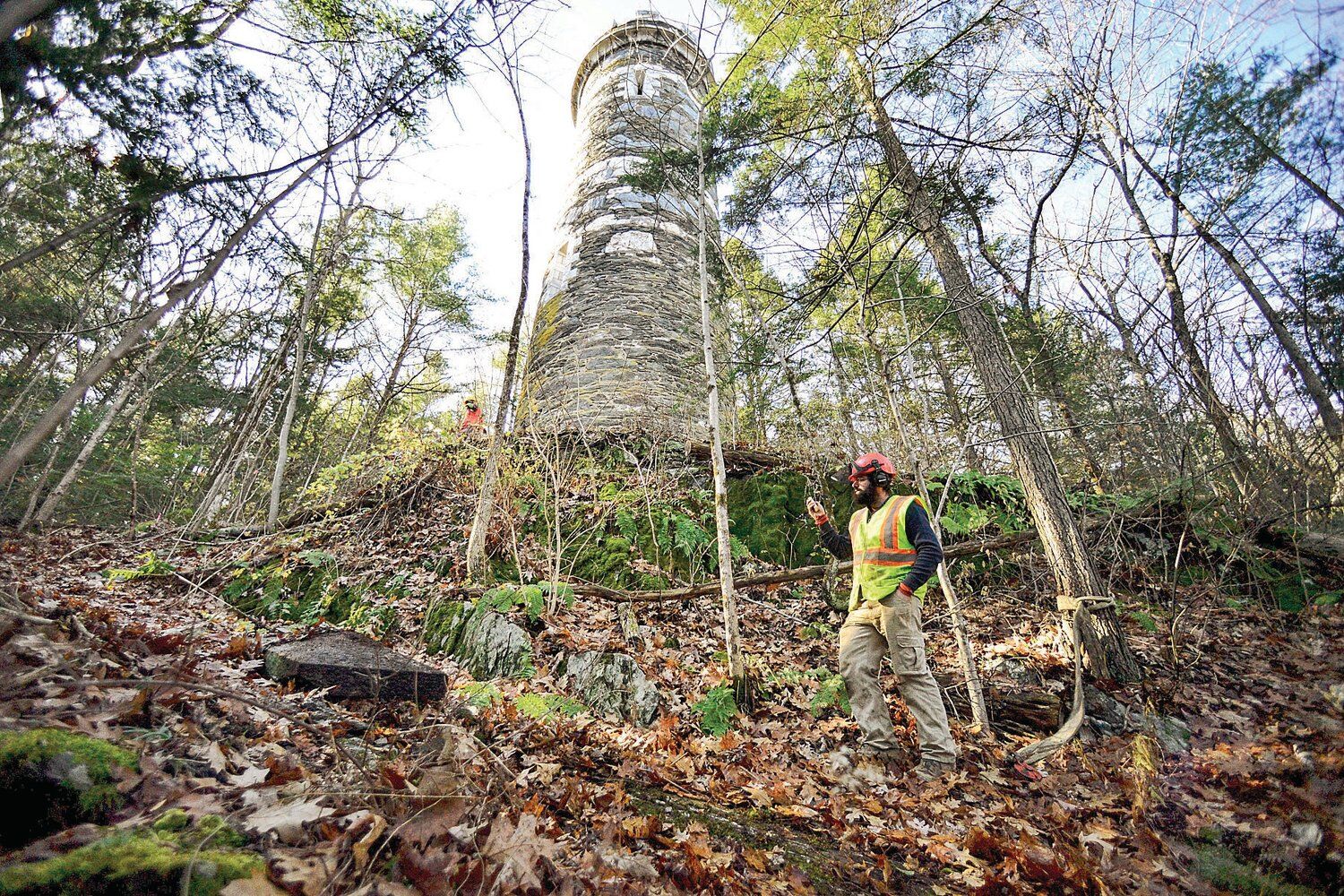Danielle M. Crosier – Vermont Country Magazine.
BENNINGTON — On a frigid winter morning, wispy tendrils of advection fog rose over the water-filled raceways and ponds at the Bennington Fish Culture Station – one of just five of the Vermont State fish hatcheries. The surface of the water was as still as glass, as the full-grown brook, brown, and rainbow trout – sluggish from the persistent cold – hovered low, waiting for the sun to make its way across the sky.
During the late fall, winter and early spring months, indoors is where you will find the activity. Operating on a continuous annual cycle of rearing, raising, and releasing, the staff of the Bennington Fish Culture Station is perpetually busy. In addition, the young fry that inhabit the long bays of the ten indoor start tanks are abundantly active.
According to Monty Walker, fish culture station manager for the Bennington Fish Culture Station, the difference in temperature is the key.
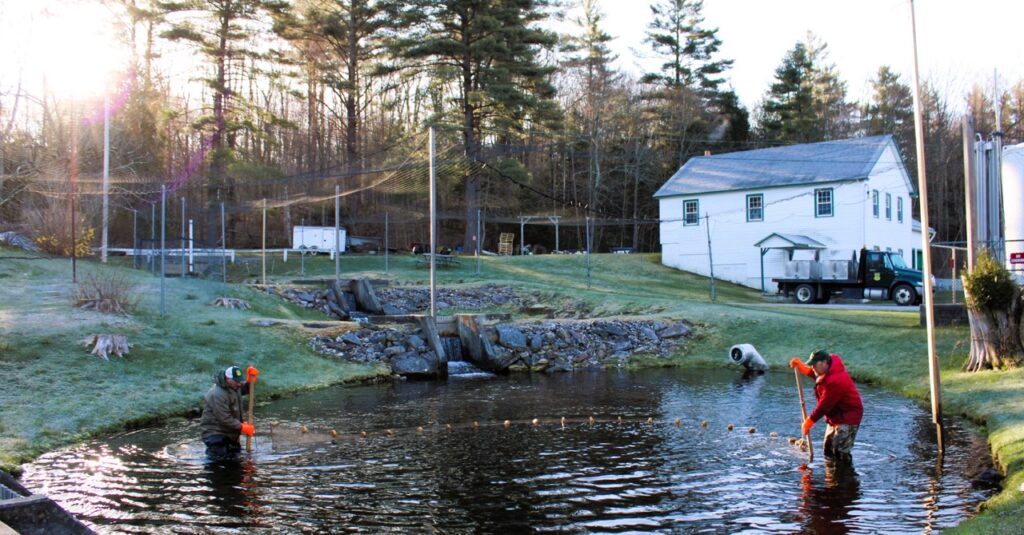
Below 39 degrees Fahrenheit, even cold water species like brook, brown, and rainbow trout slow their metabolism. With the ideal temperature being in the 50 degree Fahrenheit range, and the indoor start tanks fluctuating between 44 and 48 degrees Fahrenheit (depending on the season), the indoor fish are never sluggish.
Observing the indoor start tanks, the waters are seething as tiny pellets of food drop to the water’s surface. A voracious appetite is evident, as the surface is cleared in mere minutes. These indoor start tanks house the fry and parr stages of the brook, brown, and rainbow trout. On the far wall, is the setup for the eyed egg and alevin stages, a precursor to the start tanks, and the location where the eggs are first housed at the facility.
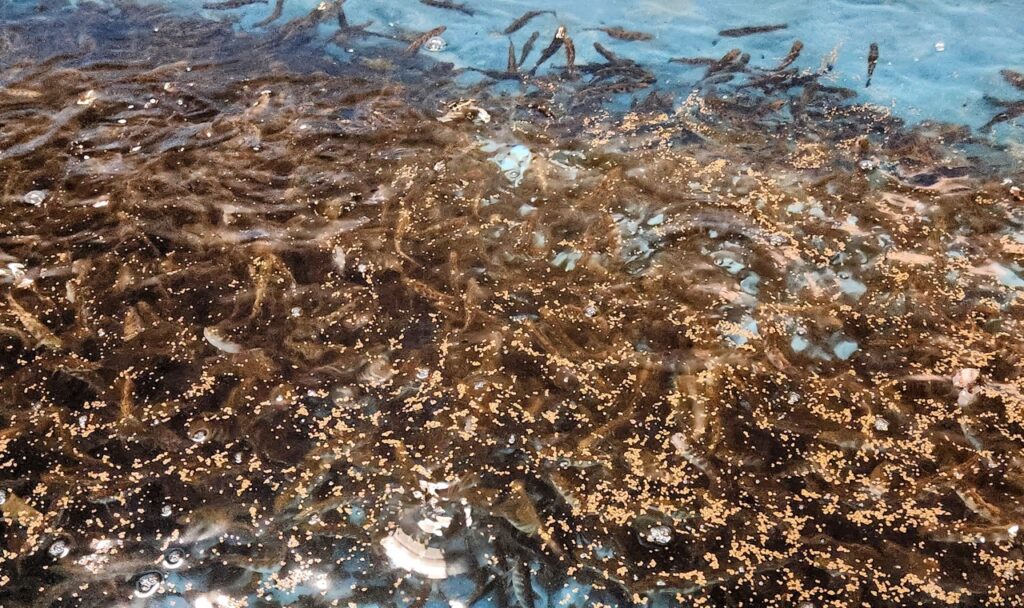
Most stocked trout in the State of Vermont are sterile, so as not to interfere with wild breeding populations. According to Walker, the Salisbury Fish Culture Station in Middlebury is home to the only broodstock population. This is where all mating male and female fish are housed – and this is where approximately 5 million trout eggs are produced annually and shipped to the other fisheries facilities after processing.
At the Salisbury hatchery, the staff use specialized lighting schedules to induce spawning events. This early spawning provides the other hatcheries with additional time to rear the fish under ideal and controlled conditions – resulting in about an inch and a half of growth per month.
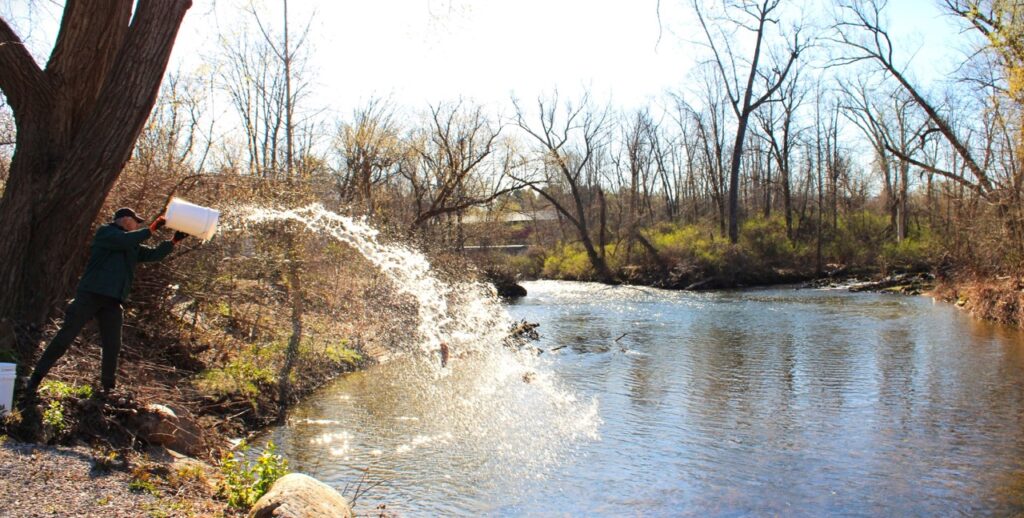
One of the most popular questions the hatchery staff are asked by both tourists and locals is which Vermont waterbodies are stocked, and when. This information is available to the public here. The stocking database is searchable by year, county, town, and species – but it is also able to display completed stockings and scheduled stockings. Within the data, visitors to the site will be able to see the number and type of fish stocked, as well as the exact location of each stocking event.
A separate link will display the locations and schedules for the trophy fish stocking events – and some of these trophy fish can reach lengths of up to 18 inches.
In 2024 alone, nearly 130,000 brook, brown, and rainbow trout were released in the four counties that comprise Southern Vermont – Bennington County received 28,484 trout across 42 scheduled drops; Windham County received 26,167 trout across 24 scheduled drops; Rutland County received 47,770 trout across 54 scheduled drops; Windsor County received 27,455 trout across 51 scheduled drops. In addition, some cross county stocking events also occurred.
The Bennington Fish Culture Station does not currently stock the Battenkill River. Once one of Vermont’s most iconic trout fishing locations, the Battenkill is now considered one of the most challenging for anglers – and, as such, is a high value location for any professional angler.
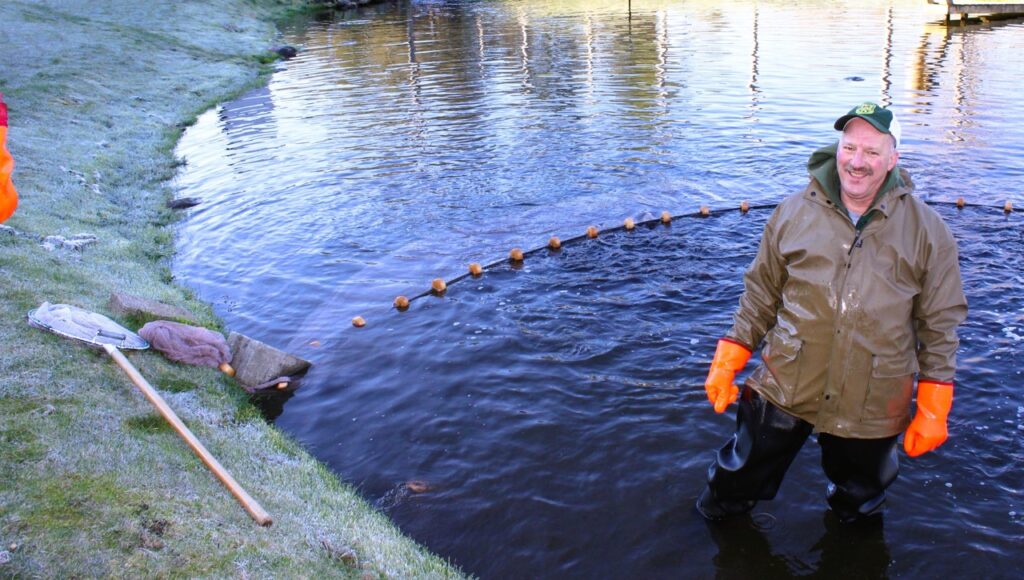
“But, a little history there – we used to stock the Battenkill,” explained Walker, as he viewed the new regulations handbook. “The Battenkill had been stocked up until 1974. And, at that time, the fish had started repopulating themselves – and so, all stocking was stopped. That population decreased in 1991 and, to this day, it has not rebounded. There’s still fish there, but not at the levels there were in the 1970s.”
One of the reasons that Vermont Fish & Wildlife might choose not to stock a stream is that the river system itself does not provide adequate cover to support greater returns on investment. Either extensive flooding, clearing of downed wood, shallow streambeds, high or fluctuating velocity, lack of shade cover, silty or sandy bottoms, or other factors inhibit efforts.
The rearing and stocking of fish is expensive and, according to a 2024 study and subsequent legislative report, Vermont’s fish culture program operates on an annual budget of $4.2 million with a 60% federal match. However, it offers the state a 23:1 return on investment, bringing approximately $39.6 million worth of economic benefit back to the state.
Keeping this in mind, fishery biologists only stock where it makes sense economically. Stocked trout, which are released in the early spring, do not typically survive in rivers over the summer for a variety of factors – the main one being that Vermont’s rivers and streams can become too warm during the summer months, hitting thresholds that exceed upper temperature tolerances. Lakes and ponds are deeper, and are thus more conducive to overwintering populations.
As fish culture is a science, biologists are continually looking for areas of improvement. The introduction of a new genetic strain of rainbow trout – known as the Eagle Lake strain – may prove to be a hardier and more tolerant strain. The final year of monitoring will conclude in 2025. In addition, fisheries biologists are looking at how to create better habitats for trout in the stream environments.
“The way stocking works is that there are 10 fisheries biologists in the State of Vermont,” explained Walker, “and they go out and determine populations in streams and bodies of water. They do creel surveys and use various methods to determine the fish population. They have a set of guidelines and formulas they use. And, if a body of water meets the criteria to be stocked, they’ll place an order with us – a management request for cultured fish – 18 months ahead of time to stock those fish.”
A large portion of the workload in the Vermont Department of Fish & Wildlife requires an understanding of some high level quantitative and qualitative analysis and math, joked Walker, laughing as he added that these calculations include everything from the formulas used to determine the stocking analysis to the daily logging of density formulas for the starter tanks, temperature variations, or the displacement calculations for mass when loading the trout onto the transport vehicles.
“They place that management request for cultured fish with us, which is basically a big spreadsheet that tells us – hey, these are the types of fish and the sizes of fish that we want stocked, and where,” said Walker, whose team gets to work on receiving the order of eggs, cycling them through to adulthood, preparing the shipments, and stocking the specified locations with the appropriate fish.
A complete guide to the 2025 Vermont State fishing regulations, along with other resources, is available. This publication is where a detailed index of rivers and streams, index of lakes and ponds, helpful tips, regulations per site, state initiatives, and licensing information can be found – along with the Vermont Trout Map.
As for the upcoming stocking season, Walker is looking forward to releasing the brook, brown, and rainbow trout that the Bennington hatchery has raised – but he is also approaching it with a bit of trepidation. Spectators believe that because the fish are tossed unceremoniously into the water bodies – hitting the surface with a bit of a slap – that the staff are “mishandling the fish, or being rough with them.”
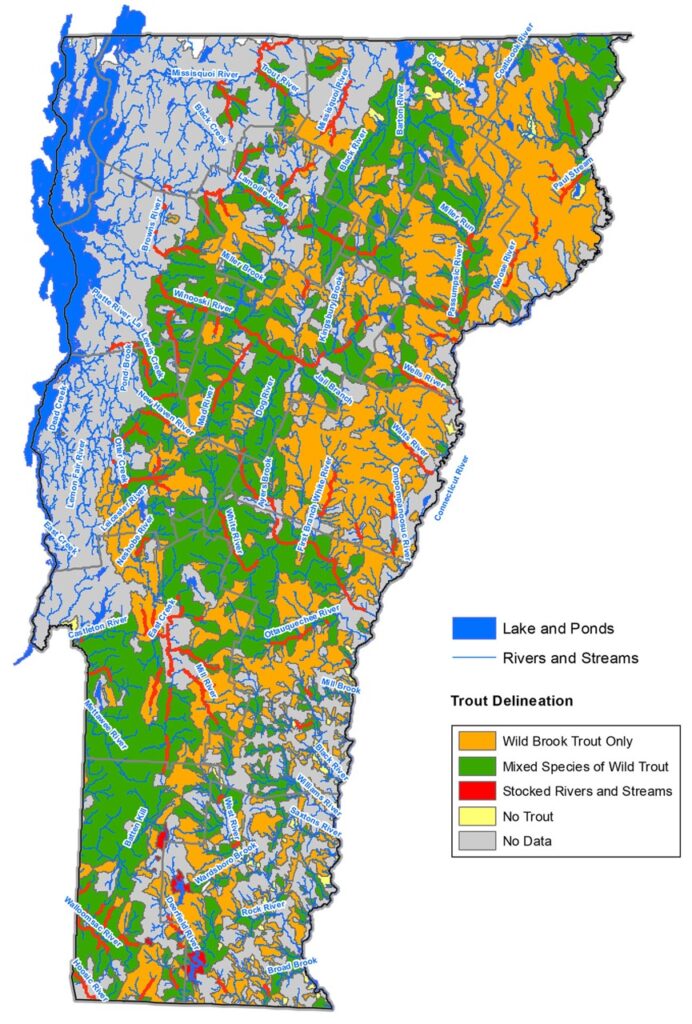
Caption: The Vermont Department of Fish and Game publishes a map of the monitored state waterbodies.
“What I tell people is that myself and my group just spent the last 18 months caring for these from an egg to whatever size they are now,” said Walker. “The last thing we want to do is hurt them, or see them die. The shock makes them spread out quicker [and avoid predation], swim away. Mother Nature can be cruel.”
What really inspires Walker, he said, is seeing the joy fishing brings to youngsters, “When their eyes get wide because they’ve got a fish on, it makes it all worthwhile.”

Danielle Crosier is a landlocked mermaid who found her way to Vermont by accident. She is a wife and mother, a former technical writer (10 years), former educator (19 years), and glass artisan with a background in marketing and strategic management. Her interests, though, lie mainly in studying and understanding systems and improving the lives of those around her. She also loves spending time with her precious children and their significant others, organizing, learning about social geography, creative endeavors, experimenting with various cuisines, and exploring the world around her.
